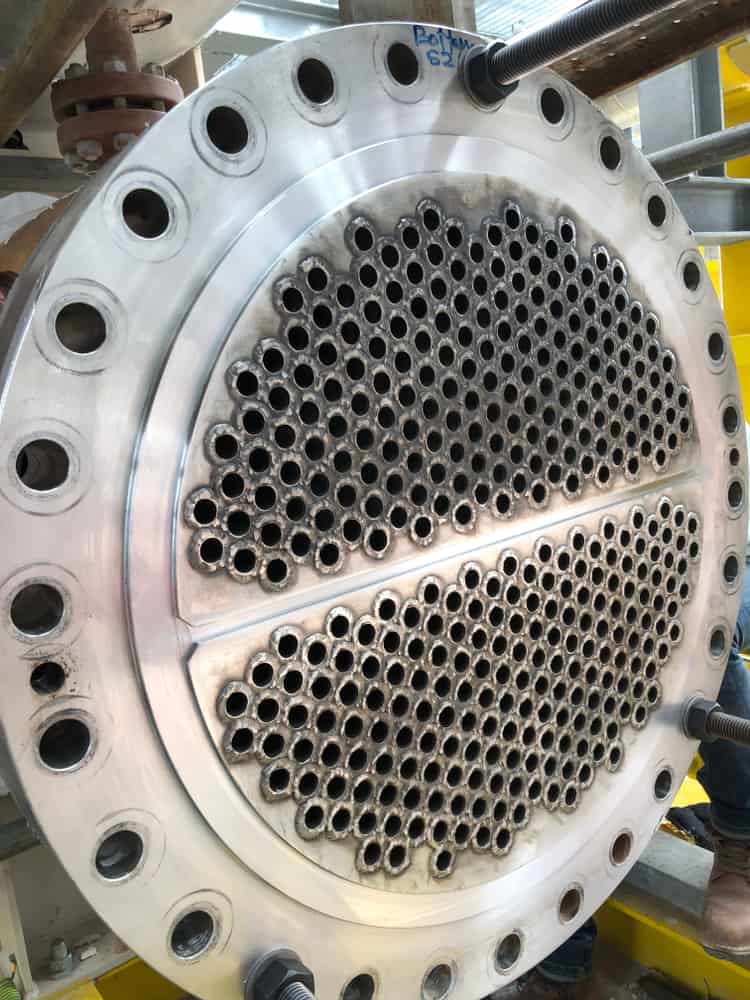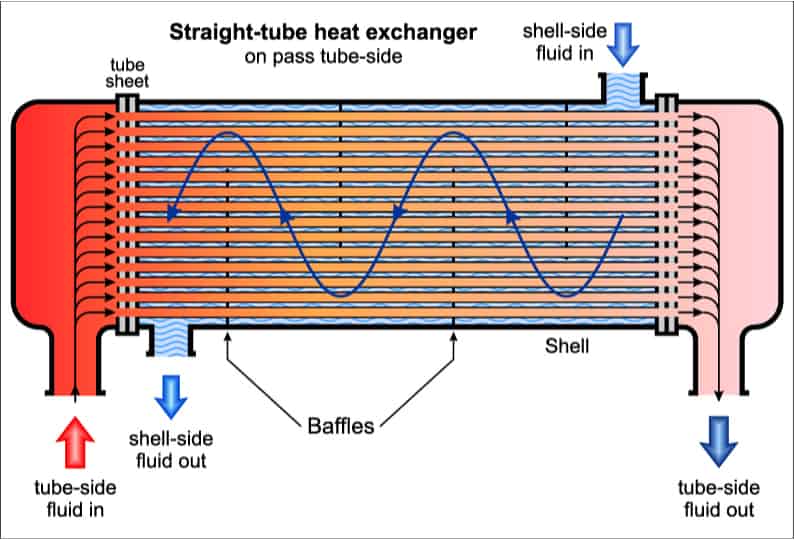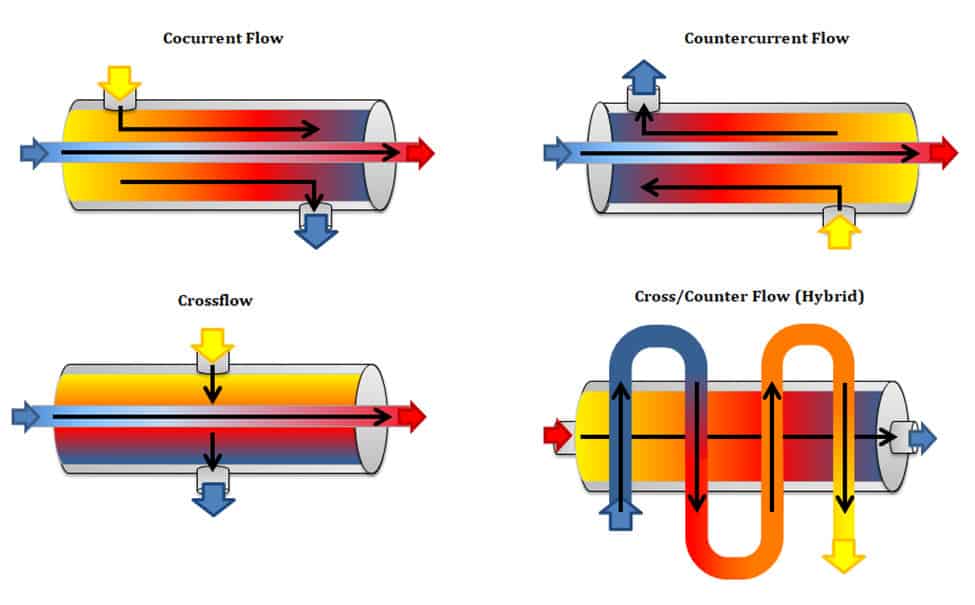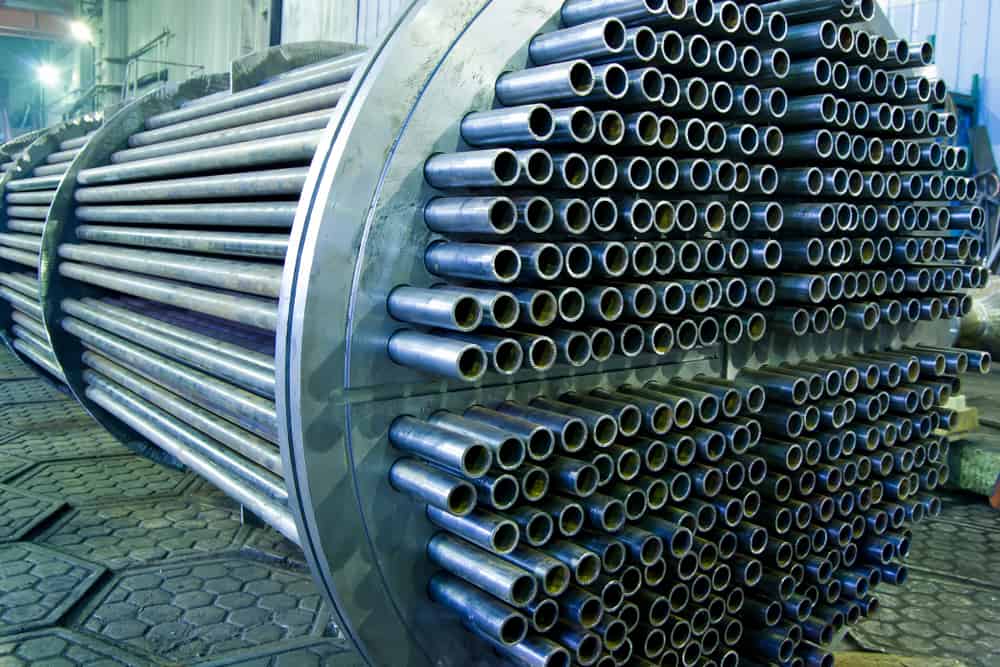
I cannot imagine the hardships that our ancestors endured before they discovered fire—especially in colder climes. While warmer seasons might have provided reprieves, instant heat had to seem like magic during colder months. However, our ability to control temperature wouldn’t be complete until we were also able to cool things down. While thermal control is a luxury we’ve grown accustomed to in our everyday lives, it is also an essential aspect of many industrial processes that we depend upon.
In industry, temperature manipulation is achieved through the use of heat exchangers. Heat exchangers are most often used to lower high-temperature gases and liquids, but they can also be used for reclamation, an efficient utilization of energy that would otherwise be wasted. For example, in Iceland reclamation applications allow energy from geysers to be converted to heat and used to heat tap water. For many of these applications, weld failures cannot be tolerated, as the release of toxic, or pressurized, gases and high-temperature fluids can be very dangerous to personnel and/or the environment. Therefore, it is critical to know the best processes and equipment to weld pressure vessels.
While heat exchanger welding is widely applied in the energy industry—for example, in nuclear power plants—many other industries also require this type of assembly. Let’s explore the popular shell and tube heat exchanger and introduce other facilities that require heat exchanger welding in order to define a set of guidelines that are applicable across all of these use cases.
Heat Exchangers and Their Applications

The figure above illustrates the basic operation for a popular design type: the shell and tube heat exchanger. As shown, the high-temperature inflow process (bottom left of the figure) is applied through a set of tubes attached to a tubesheet. Fluid continues through tubing enclosed by a shell of coolant before exiting at a reduced temperature through another tubesheet (bottom right of the figure). Baffles assist in directing coolant flow while also serving as support for the tubes.
There are several flow configurations that determine the thermal uniformity and efficiency of the heat exchanger, as shown in the figure below.

Construction type and flow characteristics are primary considerations for heat exchanger design across the industries where they are applied.
Heat Exchangers in Industry
Heat exchangers are utilized wherever there is a need to transfer heat between fluids and/or gases to achieve thermal uniformity, or to raise or lower temperatures. Listed below are several industries that require heat exchangers as a major processing element.
Industrial Application of Heat Exchangers
Power Industry
Chemical
Food Processing
Biopharma
Paper and Pulp
Aerospace
Electronics
Whether used for thermal uniformity, cooling, or reclamation, the construction of heat exchangers requires structural integrity, which is dependent on both materials and weld quality.
Guidelines for Heat Exchanger Welding
Heat exchangers are often a part of stainless steel sanitary tube welding systems, or operations involving boiler tubes. In either case, exchanger usage is accompanied by its own challenges. One such challenge is illustrated below where a large number of tubes are arranged in close proximity to each other.

Minimal spacing is common in these configurations as more tubing translates into higher heat transfer efficiency. However, this kind of configuration also presents distinct problems for welders. Obviously, the limited space makes manual welding more difficult. Moreover, manual welding is woefully inefficient for larger projects, and this inefficiency can lead to higher reject rates that increase costs and threaten on-time completion. Companies have found that by employing an orbital welding process they can increase speed and ensure consistent, high-quality welds. However, it is imperative that you choose the appropriate tube welding machine.
To achieve the highest quality heat exchanger welding results, follow a set of guidelines like the one presented below.
Guidelines for the Best Heat Exchanger Welding Results
- Employ an orbital welding process
The automation of an orbital welding process adds speed and accessibility, while negating the physical challenges of manual welding.
- Utilize a GTAW approach
In industries such as power generation, where weld failure is not acceptable, choose the precision and reliably high-quality joints produced by GTAW or TIG welding.
- Apply sequential welding, if possible
To maximize efficiency, multiple weld heads can be sequentially scheduled and operated by a single welder or technician.
Heat exchangers are integral to many industrial processes that we depend upon daily. However, reliable operation depends to a great extent on the reliability of the welds used in their construction. By practicing the guidelines above, utilizing the best equipment and materials, and following a good maintenance schedule for your welding machine, you can confidently meet the reliability standards for industrial heat exchangers.
Arc Machines, Inc. is an industry leader in supplying advanced and high-quality welding equipment and service. This includes orbital welding machines, materials, and expertise to aid you in meeting heat exchanger welding requirements, regardless of industry. For inquiries regarding products, contact sales@arcmachines.com. For service inquiries, contact service@arcmachines.com. Arc Machines welcomes the opportunity to discuss your specific needs. Contact us to arrange a meeting.




